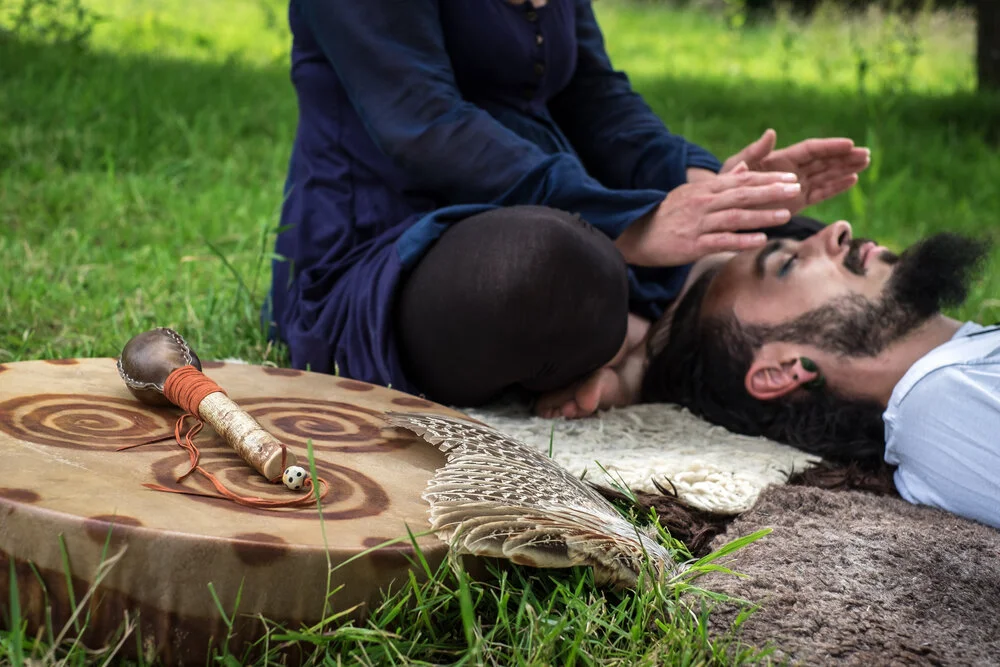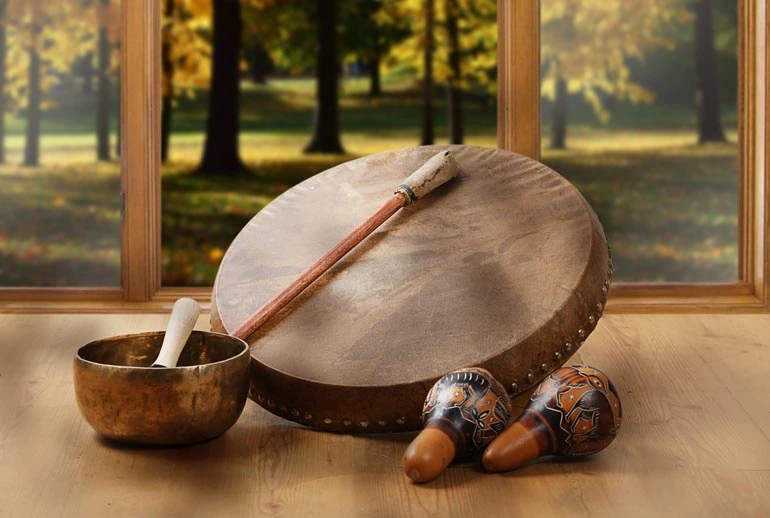Do you want to know who a Shamanic practitioner is and their role? Keep reading to know who is a shamanic practitioner and their role.

For centuries there is still a place for ancient healing practices that connect us to our roots and tap into the wisdom of our ancestors.
One such practice is shamanism, and at the heart of it lies the figure of a Shamanic Practitioner.
In this article, you will get to know the roles and responsibilities of a Shamanic Practitioner and how this ancient art form continues to impact and transform lives.
What is Shamanism?
Shamanism is an ancient spiritual practice that has been passed down through generations.
Furthermore, shamanism is rooted in the belief that everything in the universe is interconnected.
Also, shamanism is a form of spiritual healing that can be achieved through a deep connection with nature and the spiritual realms
Shamans, or Shamanic Practitioners, serve as intermediaries between the physical and spiritual worlds.
Also, they harness their intuitive abilities and tap into unseen energies to bring about healing, restoration, and balance.
Interestingly, shamanic practices often involve rituals, ceremonies, and the use of sacred plants.
Who is a Shamanic Practitioner?

A Shamanic Practitioner is a highly skilled individual who has undergone extensive training and initiation to become a conduit for spiritual healing.
Also, they possess deep knowledge of shamanic traditions, rituals, and practices. Also, they are dedicated to helping individuals navigate their spiritual journeys.
Role of a Shamanic Practitioner
At the core of a Shamanic Practitioner’s role is the ability to bridge the gap between the physical and spiritual realms.
Also, Shamanic Practitioners have the unique ability to enter altered states of consciousness.
They do this through the use of rhythmic drumming, chanting, and other trance-inducing techniques. In these altered states, they can communicate with spirit guides, and other spiritual beings to gain insights.
Shamanic Healing and Energy Work
Shamanic healing is a holistic approach that addresses the interconnectedness of mind, body, and spirit.
Also, a shamanic practitioner utilizes various techniques to identify and address energetic imbalances, traumas, and blockages that may be causing physical.
Furthermore, these techniques may include soul retrieval, power animal retrieval, energy clearing, and extraction.
Shaman Ceremonies and Rituals
Ceremony and ritual play a significant role in shamanic practices. A Shamanic Practitioner is well-versed in creating sacred space, conducting ceremonies, and performing rituals that honor the spirits, ancestors, and natural forces.
Also, these ceremonies and rituals serve as powerful tools for transformation, healing, and spiritual growth.
How to Become a Shamanic Practitioner

Becoming a Shamanic Practitioner is not a decision one takes lightly. It is a calling that comes from deep within, a profound connection to the spiritual realms, and a desire to be of service to others.
Also, the journey to becoming a Shamanic Practitioner often involves rigorous training, personal exploration, and facing one’s own fears and limitations.
Shamanic Practitioners are driven by a deep sense of compassion, empathy, and a genuine desire to help others heal and grow.
Furthermore, they hold space for their clients, offering guidance, support, and a non-judgmental presence on their spiritual journeys.
Also, their role goes beyond being a healer; they are mentors, teachers, and guides. Furthermore, they empower individuals to tap into their own inner wisdom and find their path.
What Qualifications Does a Shamanic Practitioner Need?

To become a Shamanic Practitioner, one must undergo comprehensive training and apprenticeship.
Also, ensure you learn from experienced shamans or reputable shamanic schools. In addition, seek training programs that offer a comprehensive curriculum, and practical experience.
Can Anyone Become a Shamanic Practitioner?
While the calling to become a Shamanic Practitioner is open to anyone, not everyone is suited for this path.
Also, a shamanic practitioner requires a deep commitment to personal growth, spiritual development, and a strong ethical foundation.
In addition, it is essential to listen to one’s intuition and undergo thorough self-reflection before embarking on this journey.
What Types of Issues Can a Shamanic Practitioner Address?
Shamanic Practitioners can address a wide range of issues, including physical ailments, emotional traumas, spiritual crises, and ancestral healing.
Also, they work holistically, recognizing the interconnectedness of various aspects of an individual’s life and well-being.
Is Shamanism Compatible With Other Spiritual Practices?

Yes, shamanism is an inclusive practice that can complement and enhance other spiritual paths.
Many individuals combine shamanic practices with their existing belief systems. This spiritual practice harmony and deeper connection in their spiritual journeys.
How Long Does a Shamanic Healing Session Last?
The duration of a shamanic healing session can vary depending on the practitioner and the client’s needs.
Also, shamanic healing sessions can range from an hour to several hours, allowing ample time for healing, and integration.
Are Shamanic Practices Safe?
When practiced responsibly and with proper guidance, shamanic practices are generally safe.
However, it is crucial to work with trained and experienced Shamanic Practitioners. these people adhere to ethical guidelines and prioritize the well-being of their clients.
In conclusion, shamanic practitioners hold a unique place in the realm of healing and spirituality. Through their deep connection with the spiritual realms, they offer a transformative experience. Especially for those seeking spiritual growth, healing, and connection.
Related Searches: